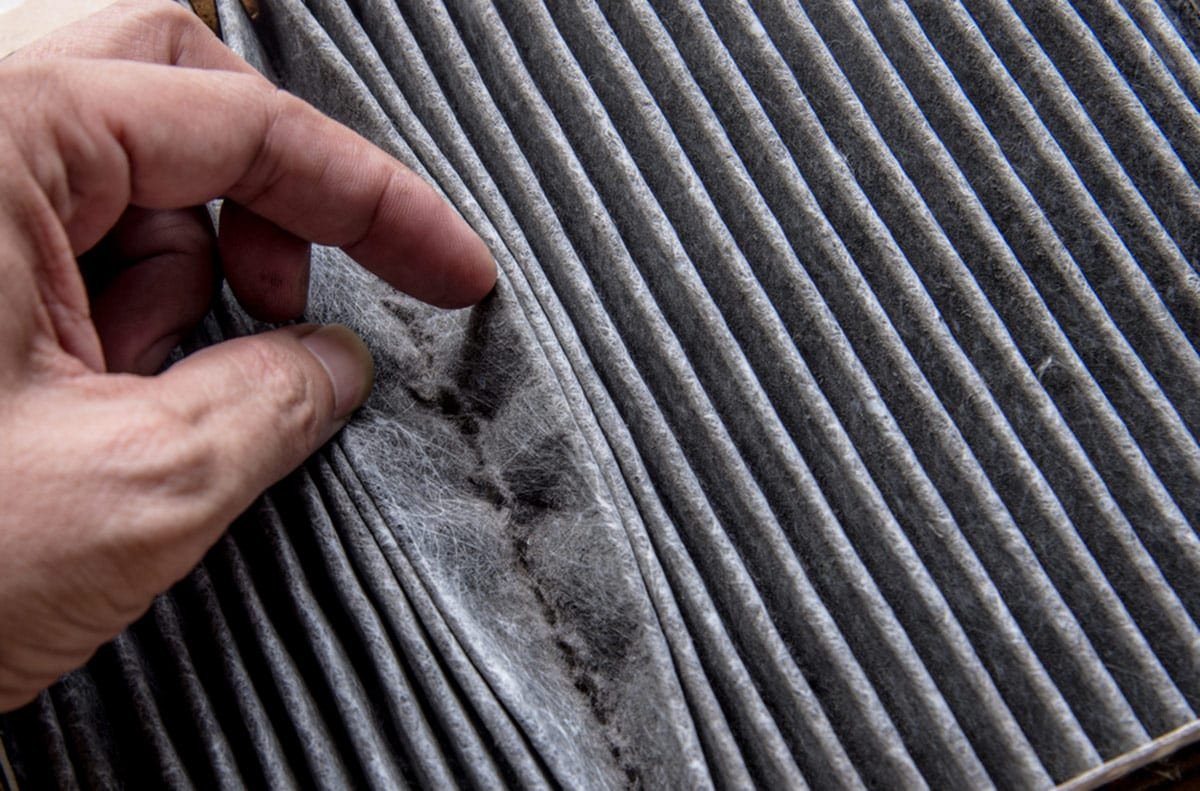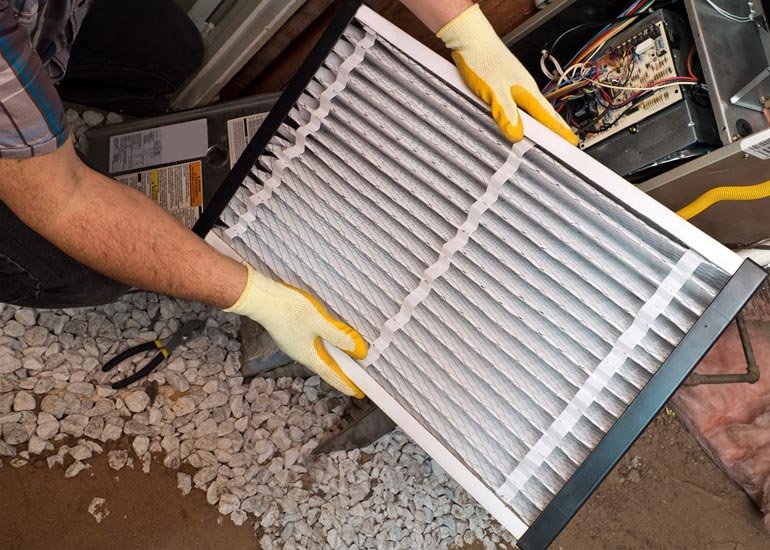There are countless furnaces types, makes and models on the market today. How can we possibly know the right heating system for our home? In this article, we explain the differences between different types of furnaces and their pros and cons so that you can choose the most suitable for your home space.
Furnaces have become a trend, especially in American and European homes, since no one wants to sit around the fire all evening anymore. All you need to do is switch the furnace on, sit and enjoy the warm air distributed throughout your home.
Also known as the forced air heating system, a furnace is a central unit for your HVAC system. The furnace is responsible for heating air from the surrounding then distributing it to your home as warm air.
Types of Furnaces by Operation
We categorize furnaces in terms of operation and the fuel source they use. Depending on the level of operation, your furnace can be a single-stage, a two-stage, or maybe a variable-speed furnace. Let us take a look at the different furnace types in terms of operation stages.
Single-stage Furnaces
This type of furnace contains only a single stage of operation, i.e. it’s either on or off, no extra operation required! If a single-stage furnace goes on, it works with one steady and consistent speed.
One main downside of single-stage furnaces is that you might experience cold spots in your rooms due to the low-efficiency level. On the other hand, they are the most affordable furnace and the easiest one to install.
Two-stage
This furnace offers homeowners more operation control over the heating process since you can run it at either half-speed or full-speed configuration. Two-stage furnaces tend to heat the air more efficiently compared to single-stage ones.
With this furnace, you can at least maintain a specific temperature in your home space. Additionally, the two-state furnace is considerably quieter.
Variable Speed
This furnace gives the homeowner the authority to control the heat output and the heating speed. With this heating system, you can easily dictate the temperature of your house, thus achieving the desired levels.
Variable-speed furnaces are considered the most efficient furnace type since it delivers the best indoor air quality. This type of furnace is, however, the most costly due to its level of efficiency. You should therefore seek a high-efficiency, low operation cost furnace type.
Types of Furnaces by Power
Now that we’re classified the types of furnaces by operation level, we will categorize them by the power source. The most common furnaces are gas, electric, and oil furnaces.
However, some homeowners still use wood, coal, and propane furnaces to heat their homes during the year’s cold months.
Oil Furnaces
Homeowners that live in remote areas where gas lines are not readily available typically use oil furnaces. With this, homeowners must buy oil tanks to store oil fuel for their furnaces. When appropriately maintained, oil-fueled furnaces are known to last up to twice as long as furnaces fueled by gas.
One downside about oil tank furnaces is that the price of oil can be seemingly unpredictable. Oil furnaces require regular cleaning and maintenance to eliminate ash and soot buildups.
Gas Furnaces
Gas furnaces are the most popular type used in Canadian homes to provide warm air during the cold winter days. One can get gas fuel for their furnace from the local gas lines.
The gas is ignited and used to heat the heat exchanger, which warms the cold air outside before supplying it to your home. Many people prefer using a gas furnace rather than its alternatives because natural gas is always cheaper than oil and electricity. Gas furnaces are known to be efficient since their AFUE rating is usually above 95%.
Electric Furnaces
This type of furnace is usually suitable for homeowners who don’t have access to gas lines or if oil furnaces don’t work well for you. Electric furnaces use electric energy to heat your home during the cold season.
They are pretty affordable in terms of cost but the most expensive compared to the other two options, i.e. the oil and gas furnaces. Gas furnaces are usually smaller than other furnaces and less efficient than gas furnaces.
You can purchase any of the above furnace types for your heating needs or maybe go for a heat pump. Heat pumps can perform the same heating and cooling functions done by other HVAC systems. Heat pumps heat homes efficiently, and they can work just as well as furnaces and other forced-air heating mechanisms.
Types of Furnaces – Conclusion
When shopping for a furnace, there is a wide array of options. Starting from the operating costs to the fuel type used by the furnace, you should decide and choose a specific furnace that will probably serve you efficiently.
We recommend choosing from the most used and popular furnace brands since they tend to offer the best product in terms of standards and efficiency. We advise you to take your time when researching types of furnaces to avoid making rushy decisions.
The furnace you’re about to buy should be able to heat the whole house efficiently and have minimum breakdowns. If you live in cold climatic conditions, we recommend you to purchase a furnace type with high efficiency and low operation costs on the other side.
Whatever furnace you decide to purchase, it’s crucial to regularly maintain it to extend the lifespan and minimize costly furnace repairs.









